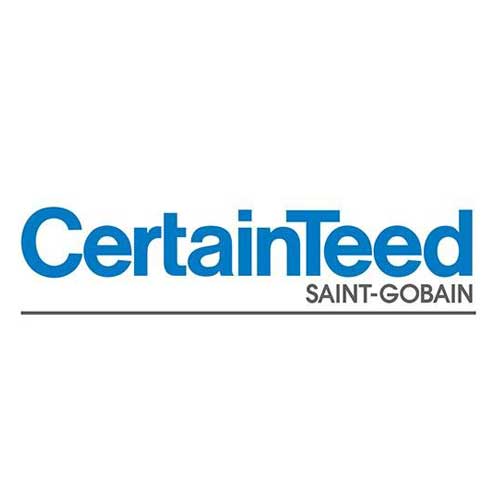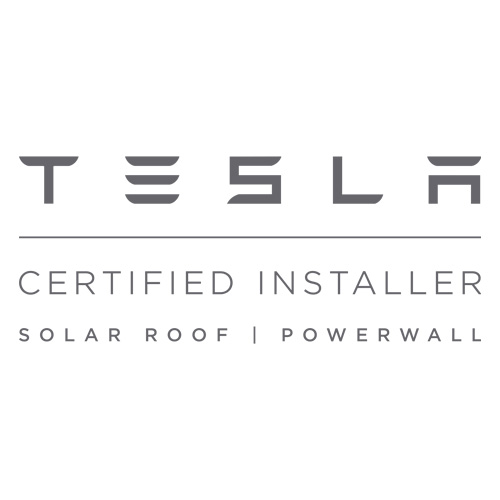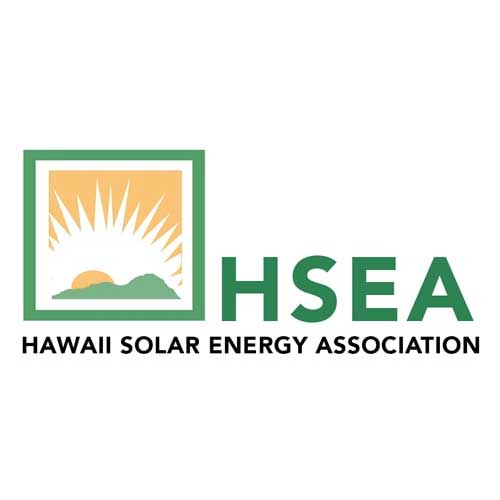What Is The Best Alternative To Tesla Powerwall?
The first viable alternative to Tesla’s Powerwall is fuel cells. Fuel cells are electric devices that convert chemical energy from external sources such as natural gas or hydrogen into electrical energy without any combustion. Fuel cells have been used in automobiles for some time now but have seen increasing usage in homes in recent years due to their high efficiency and low environmental impact. In addition to being efficient, reliable, and cost-effective, fuel cell systems can be easily scaled up or down depending on your energy needs.
Another way to store energy is through solar batteries. Solar batteries can store solar power generated during the day so that you can use it at night or whenever you need extra electricity without having to draw from the grid. These batteries come in various shapes and sizes and often require professional installation since they contain hazardous materials such as lead acid or lithium-ion components. However, once set up properly they can be a reliable source of backup electricity for your home with good cycle life (the number of times you can charge and discharge a battery before its capacity decreases).
1. Sonnen ECO 8
The Sonnen Eco 8 also comes with a number of safety features that make it attractive for homeowners concerned about safety issues associated with storing large amounts of power over long periods of time. It has built-in protections against overcharging and overdischarging which ensure that the unit does not become damaged if left unattended for too long or if subjected to too much current at once. Additionally, unlike many other solar storage systems on the market today, the Sonnen Eco 8 also boasts advanced protection against fault currents caused by sudden power outages or surges in electricity supply which can cause damage to sensitive equipment such as computers and appliances.
As far as design goes, some people consider it aesthetically pleasing due its rectangular shape and sleek black coloration; however others may prefer the more traditional look of Tesla’s Powerwall with its rounded shape and white finish. Ultimately though both units are designed with aesthetics in mind so whichever one you choose should depend solely on your own personal preference rather than purely based on looks alone!
An Alternative To The Tesla Powerwall
If you’re looking for an excellent alternative to the Tesla Powerwall, look no further than Green Lokahi. This company offers a number of advantages over the Tesla Powerwall, including more flexible installation, more affordable pricing, and better customer service. If you’re looking for an environmentally friendly solution that still offers the benefits of a powerwall, Green Lokahi is definitely worth considering.
Installation of a Green Lokahi powerwall is easy and can be done in just a few hours. This system is also much cheaper than the Tesla Powerwall – usually costing around half the price – making it an affordable option for those on a budget. In addition to being cheaper, Green Lokahi also offers better customer service – something that is sorely lacking from many other powerwall companies. If you have any questions or concerns about your powerwall or installation process, the team at Green Lokahi are standing by to help you out. So if you’re looking for an excellent alternative to the Tesla Powerwall, look no further than Green Lokahi!
2. LG Chem RESU 10H
he LG Chem RESU 10H, on the other hand, is a more recent entrant into the residential energy storage market. This lithium-iron-phosphate (LiFePO4) battery is slightly smaller than the Tesla Powerwall at 6.7kWh but offers improved safety over its lithium-ion counterpart. LiFePO4 batteries are known for being able to handle high discharge rates while maintaining long cycle lives – meaning they won’t need replacing as often as some other types of batteries. The RESU 10H also features a built-in display that offers data on energy usage, temperature and voltage levels – something that the Tesla Powerwall doesn’t provide.
In terms of efficiency, both batteries boast relatively similar specifications – with similar round-trip efficiencies between 92% and 94%. Another factor to consider is cost: although both batteries may require additional components such as an inverter or switchboard depending on your setup, the LG Chem Energy Storage System (ESS) can cost up to $6,000 cheaper than the Tesla Powerwall depending on installation requirements.
3. Enphase IQ7+
The Enphase IQ7+ consists of a high-capacity lithium-ion battery with 10 kWh of storage capacity, capable of storing energy from solar panels or from the grid when demand is low or prices are higher than average. This energy can then be used during peak hours or when there is an electrical outage. The battery is connected to an inverter that converts DC current into AC current for use in your home and other electrical applications. Additionally, the system includes web-based monitoring software so you can keep tabs on your usage and optimize your energy consumption.
One advantage that the Enphase IQ7+ has over the Tesla Powerwall is its compact size; it measures only 20″x31″ and weighs only 83 pounds, making it much easier to install than larger batteries such as the Powerwall. Additionally, it is modular in design and can be daisy-chained together with other units to increase capacity as needed without having to purchase another entire system. The battery offers both cycle performance and depth-of-discharge capabilities that exceed those found in traditional lead acid batteries, meaning a longer lifespan and fewer replacements over time.
4. Outback Skybox
Outback Skybox is a relatively new and innovative alternative to Tesla Powerwall, an energy storage system that is used for storing excess solar energy produced by rooftop solar panels. The Skybox offers many benefits over the Powerwall, from its affordability to its compatibility with a variety of utility companies. In this article, we’ll explore the features and advantages of Outback Skybox versus Tesla Powerwall and make a comprehensive comparison between the two products.
When it comes to performance specs, both products offer impressive results when it comes to maintaining efficient energy output throughout their cycle life. However, one area where the Outback Skybox stands out from the competition is in its ability to provide enhanced power stability during periods of peak demand or power outages. This feature gives customers greater peace of mind when using their energy storage system knowing they will always be able to access reliable power whenever needed without having to worry about sudden drops in voltage or surges that could damage sensitive equipment or cause injury risk due to safety hazards associated with exposure to high currents.
5. Mercedes-Benz Home Battery
Mercedes-Benz Home Battery, a brand new and innovative product from the iconic German carmaker, has been making waves in the home energy storage industry. It is being touted as one of the best alternatives to Tesla Powerwall, and for good reason. This battery offers some unique and powerful advantages over its Tesla rival. In this article, we will explore just why Mercedes-Benz Home Battery is such a great alternative to Tesla Powerwall.
The first thing that sets Mercedes-Benz Home Battery apart from its competitors is its technology. The battery utilizes lithium ion cells sourced from companies like LG Chem which have been proven time and time again to be reliable, efficient, and cost-effective. On top of this, the cells are arranged in modules which allows for easier installation and maintenance compared to other batteries on the market. The battery also features an advanced cooling system designed to keep it running efficiently even during extreme temperature conditions or extended periods of heavy use.
Bottom Line
In conclusion, while Tesla’s Powerwall system may be a great way to store excess solar power generated during sunny days; there are other options available that may fit your particular lifestyle better than this particular product does – fuel cells, solar batteries and home wind turbines all offer viable alternatives depending on your needs and budget constraints as well as local regulations related to specific technologies mentioned above. Ultimately it’s up to each individual consumer which option will best suit them when considering an alternative solution for storing their solar power independently from the grid









